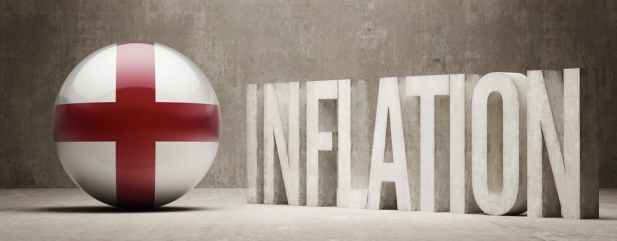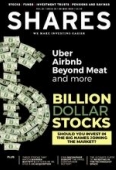Archived article
Please note that tax, investment, pension and ISA rules can change and the information and any views contained in this article may now be inaccurate.
Understanding the impact of inflation on your investments

Many investors fail to factor in the impact of inflation when thinking about what their money can buy and the true value of their investment returns. This isn’t wise as individuals are potentially overestimating the power of their money.
It is easy to see why inflation is overlooked as rates have been relatively low for some time. For example, UK inflation recently hit a two-year low at 1.8%.
The Bank of England has a 2% target and thinks CPI inflation could be lower than the current 1.9% rate in the short-term in reflection of lower expected retail energy prices. Howard Archer, chief economic advisor to the forecasting group EY ITEM Club, even believes inflation could get as low as 1.6% during the year.
The drop in inflation is good news for consumers but this may only be a temporary phenomenon. The Bank of England last week upgraded its GDP growth forecast to 1.5% in 2019, 1.6% in 2020 and 2.1% in 2021 – versus previous estimates of 1.2%, 1.5% and 1.9% respectively.
The Bank of England fears this growth could turn into rising prices and inflation could exceed its 2% target. That suggests the potential for more interest rate rises than is currently expected by
the market in order to stop the economy racing ahead too fast.
Investors need to consider this outlook and put inflation front of mind when considering their desired returns from both cash and investments. A rising cost of living affects various economic factors which in turn influence stock and bond prices, and your own purchasing power.
A rising interest rate scenario would imply better returns on cash savings, however you must think about whether the interest rate on a cash account is wiped out by inflation.
The top easy-access savings account at the moment is Marcus, paying 1.5%. The current rate of inflation at 1.9% means you would be getting a 0.4% negative real return from cash in such an account. In this situation anyone saving in cash is worse off when factoring in inflation.
Bond investors tend to suffer during periods of rising inflation. And for investments in individual company shares, inflation reduces the net present value of a company’s expected cash flows – implying that stock prices should fall as a result. Yet rising prices also suggest future cash flows will be higher because companies are able to make bigger profits.
‘In theory, these two forces should cancel each other out. In practice, markets often recoil at signs of inflation for fear the economy is overheating and interest rates will go up,’ says Phil Thornton, lead consultant at Clarity Economics.
Equities – another term for stocks and shares – have delivered 4.7% real returns (i.e. adjusted for inflation) each year over the past 50 years versus 1.1% from cash, according to Barclays.
Those figures are a good indication of what you can expect to make from different asset classes, albeit history tells us there could be tough patches. For example, equities delivered a 1.5% negative real annual return between 1998 and 2008, found Barclays, versus a 2.4% positive real annual return from cash.
Important information:
These articles are provided by Shares magazine which is published by AJ Bell Media, a part of AJ Bell. Shares is not written by AJ Bell.
Shares is provided for your general information and use and is not a personal recommendation to invest. It is not intended to be relied upon by you in making or not making any investment decisions. The investments referred to in these articles will not be suitable for all investors. If in doubt please seek appropriate independent financial advice.
Investors acting on the information in these articles do so at their own risk and AJ Bell Media and its staff do not accept liability for losses suffered by investors as a result of their investment decisions.

 magazine
magazine








